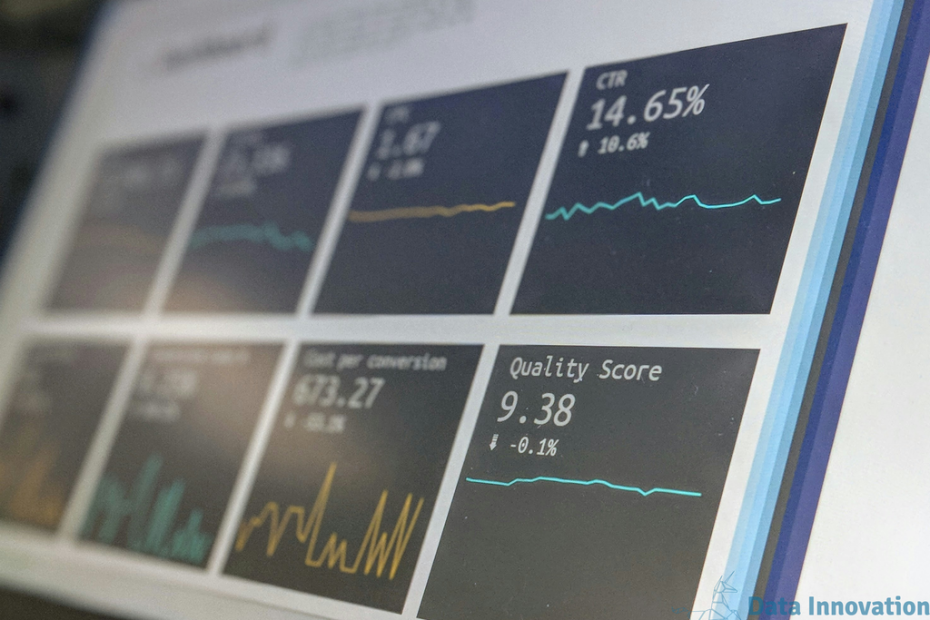Business Process Transformation through Edge Processing: A Detailed Analysis
Edge processing is a revolutionary technology that is reshaping the way businesses manage and optimize their operations. From a business optimization perspective, this infrastructure not only improves operational efficiency but also enables profound transformation in data analysis and management, crucial for making informed strategic decisions.
Redefining Business Processes with Edge Processing
Data processing at the edge offers organizations the ability to analyze and act on data in real-time, which is fundamental for optimizing processes and dynamically responding to market conditions. By reducing latency, businesses can accelerate response times, a vital factor in sectors such as finance, manufacturing, and technology.
Optimization of Data Visualization and ETL
-
Data Visualization: When information is processed at the edge, visualization dashboards can reflect the current state of operations almost in real-time. This is crucial for sectors like retail and logistics, where knowing the exact location and status of products can significantly improve customer experience and operational efficiency.
-
ETL Processes (Extract, Transform, Load): By performing data extraction and preprocessing close to where it is generated, data flows are simplified and the transformation and loading of data to centralized or distributed analytical systems are accelerated. This improves the overall performance of analytics and facilitates better handling of large volumes of data.
Market Prediction and Decision Making
The ability to process data at the edge allows companies to make more accurate and real-time market predictions. For example, in the financial sector, real-time analysis of market trends allows for more effective execution of high-frequency trading. This not only improves financial performance but also minimizes associated risks.
Cohesive Narrative: Case Study in the Retail Sector
Context: A retail chain implemented edge processing to optimize inventory management and the customization of offers.
Process:
– Local Extraction and Analysis: Each store processes sales data in real-time, automatically adjusting inventory levels.
– Transformation and Consolidation: Consolidated data are sent daily to the central data center for macro analysis.
– Real-Time Visualization: Visualized data allow central and local management to quickly adjust marketing and supply strategies.
Results:
– Reduction in inventory costs due to better demand prediction.
– Increase in customer satisfaction due to product availability and personalized offers.
Conclusions and Future of Edge Processing
Edge processing is more than just a technological improvement; it is a fundamental restructuring of how and where data is processed and decisions are made. As more industries adopt this technology, business processes continue to evolve, not only driving efficiency but also opening new opportunities for service and product innovation.
While this article highlights a theoretical approach, companies looking to adopt these systems should consider conducting specific pilots in selected areas of their operation to measure the actual impact and adjust strategies based on the results obtained. Over time, edge processing will establish itself as a crucial component in the forward-looking IT architecture of modern enterprises.
¡Let’s talk today https://datainnovation.io/contactar/!
Source: Link


